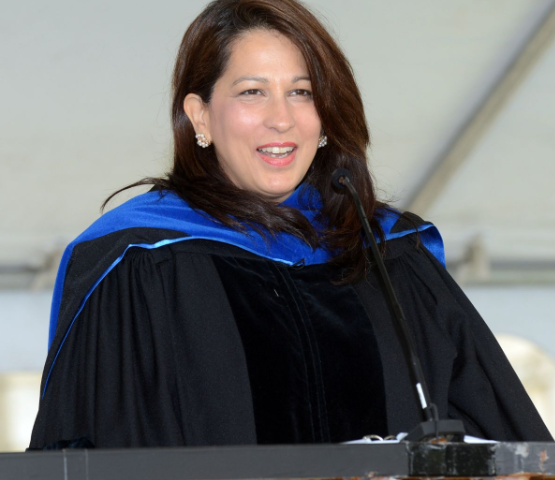A second case of H.I.V. was recently cured in a man only known publicly as the “London Patient.” H.I.V. is the condition that leads to AIDS, a retrovirus that claimed the lives of over 940,000 people in 2017. There were approximately 36.9 million people worldwide living with HIV/AIDS in 2017, according to the United Nations Joint Program, UNAIDS.
The virus works by attacking cells of the immune system, particularly T-cells. The virus then uses infected T-cells to make more copies of itself. Eventually, the afflicted person becomes so weak that they are unable to fight off even the most insignificant of diseases; even a cold can easily become deadly.
The case of the “London Patient” comes 12 years after the very first case of H.I.V. was cured. Until now, scientists were unable to replicate their success with their first patient, named Timothy Ray Brown. Both Brown and the “London Patient” were administered bone-marrow transplants intended to treat cancer, not H.I.V.
Although researchers don’t entirely understand why the bone-marrow transplant was able to rid both subjects of H.I.V., they believe that it may have something to do with a protein called CCR5, which grows on the surface of white blood cells and normally acts as a receptor site for compounds in the body. It is through this protein that the H.I.V. virus can attach itself to the host cell.
Some people, however, possess a mutated version of the CCR5 protein which does not allow the H.I.V. virus to hook on and inject its genetic material. The bone-marrow transplants given to both patients were from donors who had this unique characteristic.
Although this massive discovery has been viewed by many as a legitimate cure, others are more skeptical. Many researchers have warned that bone-marrow transplantation is unlikely to be a realistic treatment option in the near future due to the associated risks.
“I’m not sure what this tells us,” said Dr. Anthony Fauci, director of the National Institute of Allergy and Infectious Diseases. “It was done with Timothy Ray Brown, and now here’s another case — okay, so now what? Now, where do we go with it?”
Some have expressed hope at using more experimental remedies such as gene-therapy. A gene-therapy approach could eliminate the CCR5 protein from the body’s immune cells by way of a modified virus carrying only useful genetic material.
“There are a number of levels of precision that must be reached,” said Dr. Mike McCune, a senior adviser on global health to the Bill and Melinda Gates Foundation. “There are also concerns that you might do something untoward, and if so you might wish to have a kill switch.”
Whatever the case may be, Timothy Ray Brown says he is hopeful that the “London Patient” cure will prove to be as long-lasting and as resilient as his own. “If something has happened once in medical science, it can happen again,” Mr. Brown said. “I’ve been waiting for the company for a long time.”














